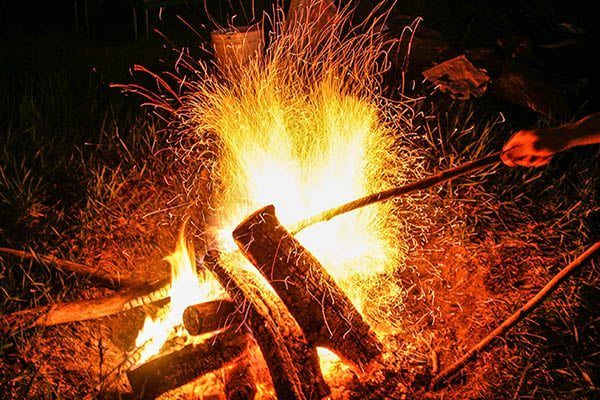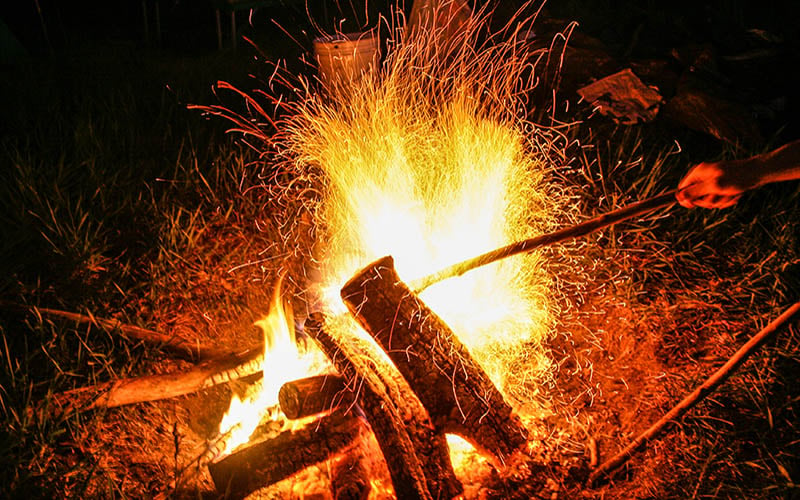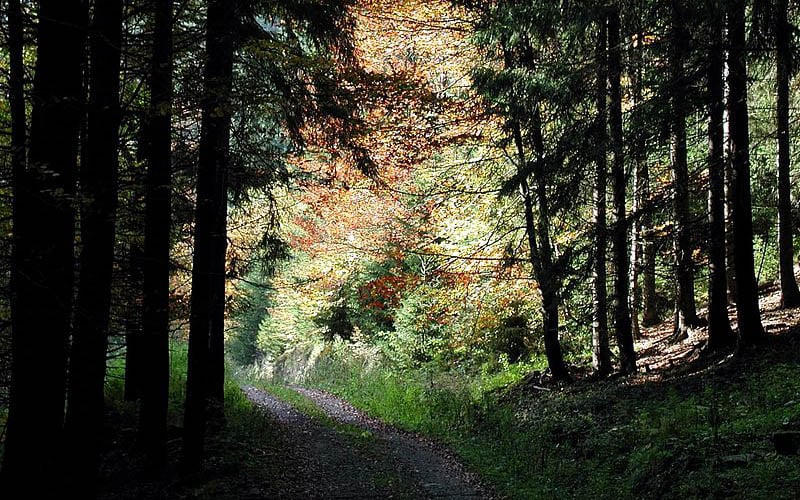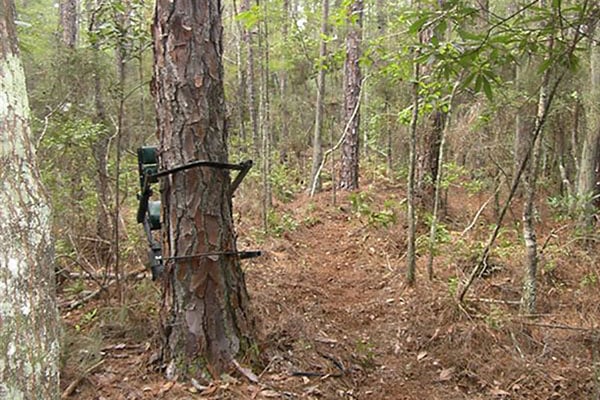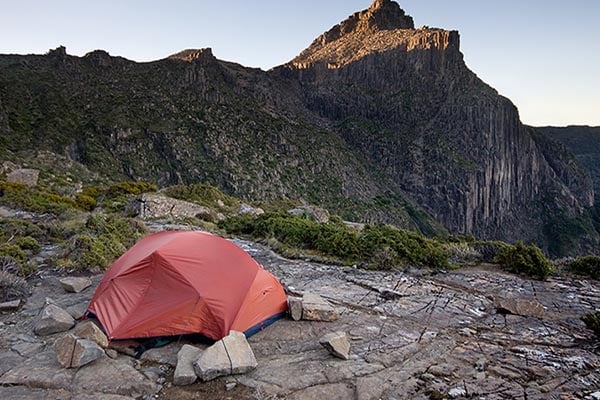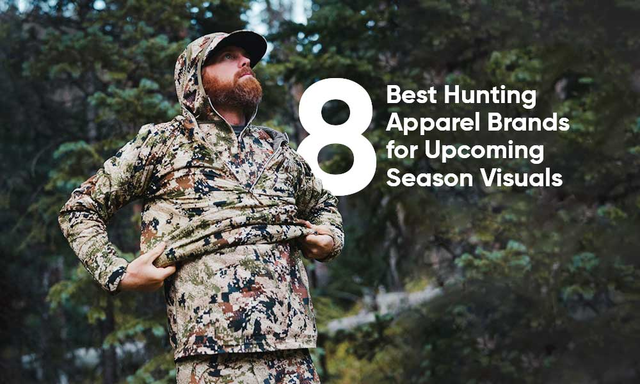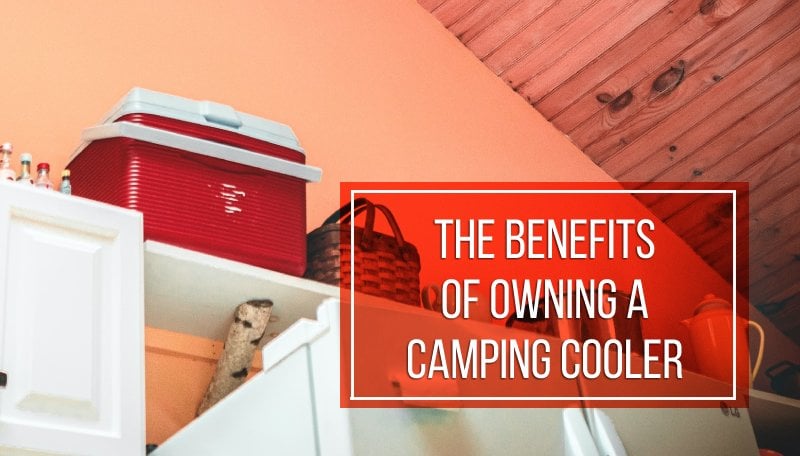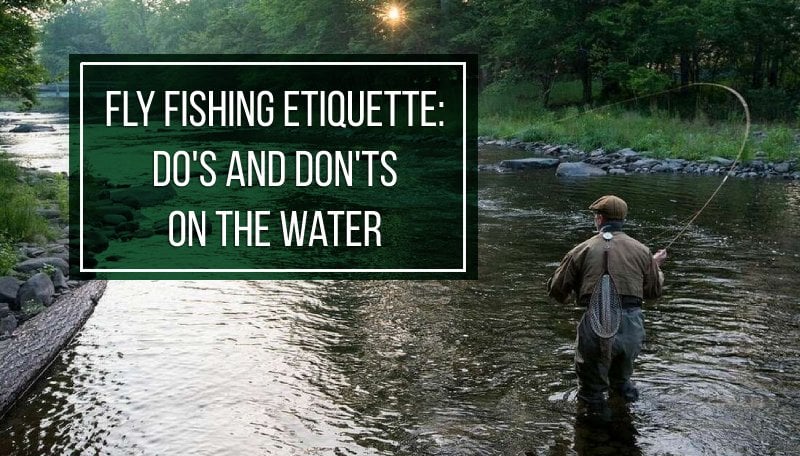Last Updated on
By David Link
If you’re like me, then you like to be prepared when you go camping. I prefer at least two days over the one-nighter because it’s only on that second afternoon that you really settle into your surroundings. It is as if the rhythms and sounds of nature finally overtake the stresses of the modern world that you left behind. This “settling in” is even more welcome because you’re usually scrambling around trying to get everything together before you leave, and a supply run in the middle of the trip can spoil the whole effect to some degree. That’s why whether you’re heading out to hunting camp or just a casual weekend in the wilderness, you need to avoid most if not all of the common camping mistakes that plague the less prepared. As the camping season winds down for some as Labor Day is upon us, let’s touch on the five most common camping mistakes that can sour your trip.
Not Enough Water
This is one I’ve encountered plenty of times, and it’s by far the most annoying and worse, sometimes the most dangerous mistake to make. It can happen several ways, and they aren’t always directly linked to being negligent and just overlooking your water stores. Sometimes those buddies who are a maybe show up unprepared and inevitably need water. I had a friend show up to a trip one time with no joke one bottle of water, a granola bar and half a bottle of whiskey…at least he brought some whiskey. In another scenario, the lid of my aquatainer failed as it was knocked over on a mountain road. So not only did I lose the majority of my water, but a lot of my gear like sleeping bags and pads were soaking wet.
The point is it can happen many ways, so have options. First off, don’t be like me, tie your aquatainer down so it doesn’t tip over in transit. Don’t have a large jug of water? Get one, and it can’t really be too big, although they can be a pain to transport when fully loaded. But diversify your options too. I usually throw in a few plastic jugs of water just in case. You really can never have enough, which can be tough if you’re tight on space, but you’ll find a way to pack it in somehow. If your buddies show up and get thirsty, you can’t be like Robert De Niro in The Deer Hunter and refuse them water as he did an extra pair of boots. Even if no one else shows up, you never know when an emergency might arise, so bring extra water. In addition, if you’re camping near a source of water, don’t forget your water filtration devices as a backup.
Not Enough Firewood
There are several different ways that a shortage of firewood can effect your trip. For those late or early season camping trips, you need a roaring fire to combat the low temps. Even if you don’t necessarily need the fire for warmth, you could still need it for cooking purposes. Finally a fire provides psychological comfort, and in more remote areas, it is nice to have a fire if something big snaps a twig in the dark.
This issue can vary depending on where you camp. Some areas have ample firewood, and if they are private land, you may have trimmed a few trees and know for a fact that your needs are covered. Other public areas may have bans on gathering firewood, so you’ll need to bring your own. Remember the general rule is that firewood always burns faster than you think, so bring plenty. Finally, don’t forget about plenty of fire-starting materials and kindling to get those roaring fires going.
Not Enough Bug Spray
Another horror story I’ve encountered is one that goes like this: you arrive at that trusted spot only to find that this is a freak year and the insects are swarming around the campsite. Sometimes the swarm is insurmountable, and you just have to look for another spot. But if you want to tough it out, bring a few cans of bug spray. I actually very rarely use bug spray, and I consider myself lucky that most bugs don’t find me tasty. But your friend may not be so lucky, so having some spray around for them will be key to keeping them sane as the bugs descend in. You can always try repellent barriers like the devices that Thermacell makes, but I don’t recommend citronella candles or insect coils for camping trips unless you’re in a well-groomed spot like an RV park. I just don’t like having multiple open flames at my campsite, and it’s better to just focus on the fire.
Brushing Up Against Unfriendly Plants
Accidental or sometimes purposeful contact with poisonous plants can be a great way to ruin your trip and place yourself in a world of hurt. The most dangerous plant is Poison Sumac, and it can cause severe reactions even when people casually brush up against it. Unlike the other two infamous poison plants, Sumac starts as a bush and can grow into a very tall tree. You even have to be careful when burning nearby brush as Sumac fumes can damage your lungs when inhaled. Sumac is common in the Eastern US and is primarily found in the South and the North East regions of that area.
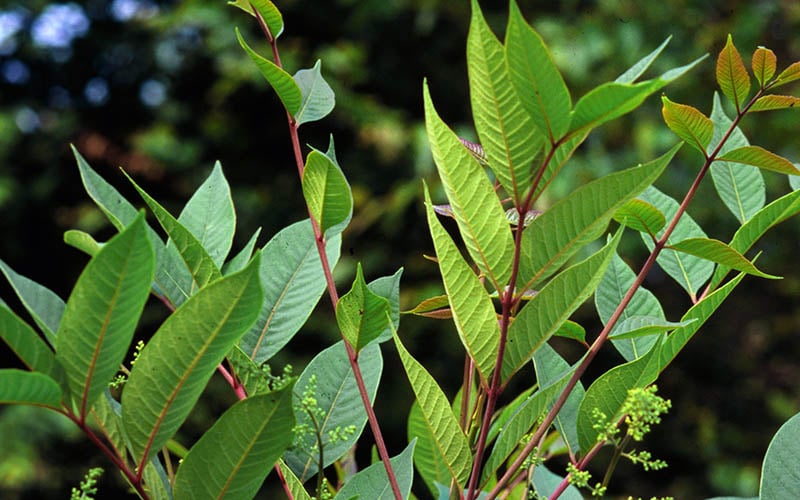
The second culprit is Poison Ivy, and although it effects some individuals more severely than others, it can be a source of serious discomfort for some. Poison Ivy is commonly seen as either a ground vine or climbing vine, but there are certain species that grow as a small shrub. Whatever species you’re dealing with, Poison Ivy is identifiable by its three leaf structure, but other plants have similar three leave structures, so it’s not always a dead giveaway. Regardless, caution should be exercised and you should avoid contact with the plant. Poison Ivy is found in most areas of North America, but it grows more prominently in places like the Midwest than environments like the Rocky Mountains.
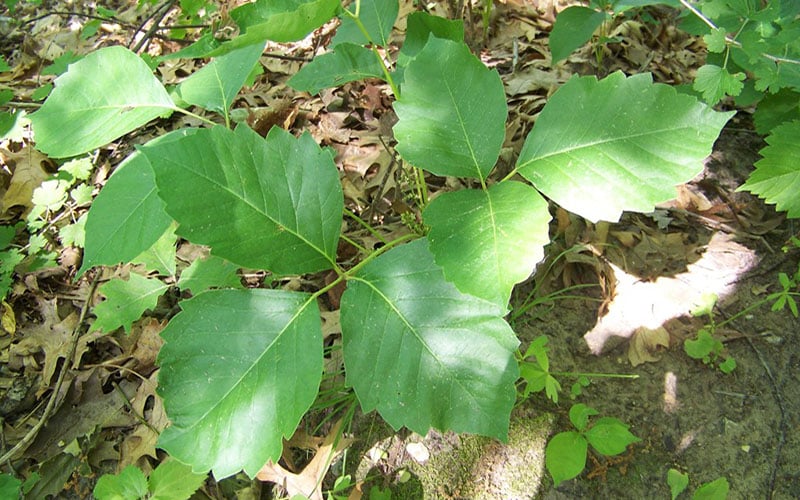
Poison Oak is third most common culprit, and it is very similar to Poison Ivy. This plant gets its name because its leaves resemble those of the oak tree, but it too primarily grows as a vine or a shrub. While Poison Ivy tends to be more prominent in the Eastern US and Midwest, Poison Oak is generally more common in the Western US.
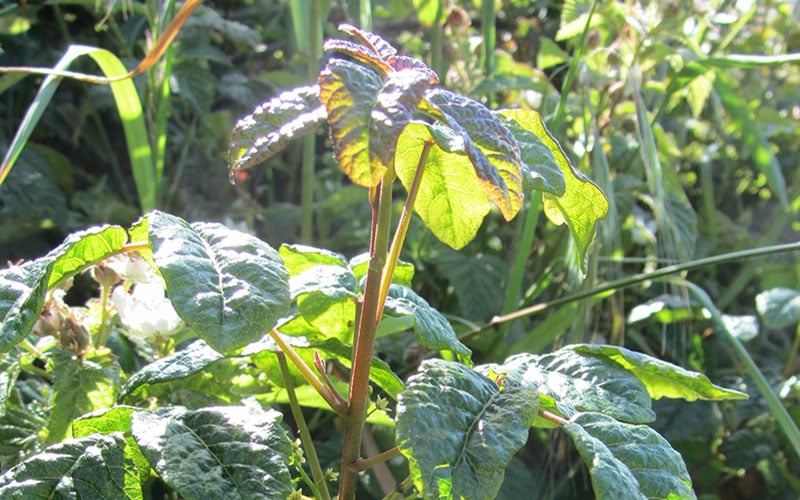
Getting There Too Late
This final mistake is one that is hard to avoid sometimes, but it’s always worth noting. There’s no doubt that camping crowds are up these days, and good spots can go quick on popular weekends like the 4th of July, Memorial Day and Labor Day. If you can’t get there early yourself, consider asking a friend to go early and stake out the spot. You can always make reservations at the pay campsites, but most of the popular ones have serious waiting lists and you can’t always rely on that as an option.
Even if the spot you’re headed to is reserved, it is much better to arrive with a couple hours of daylight left. You don’t want to pitch your tent in the dark, and it is much harder to find remote campsites once the sun sets, so if there’s an degree of uncertainty in your trip, get on the road soon! The best rule of thumb is just don’t delay once you can leave. Have everything you need ready to go beforehand and have a checklist on hand so you can cross things off as you pack them.
Images one and thumb, two, three, four, five courtesy of Wikimedia Commons.
